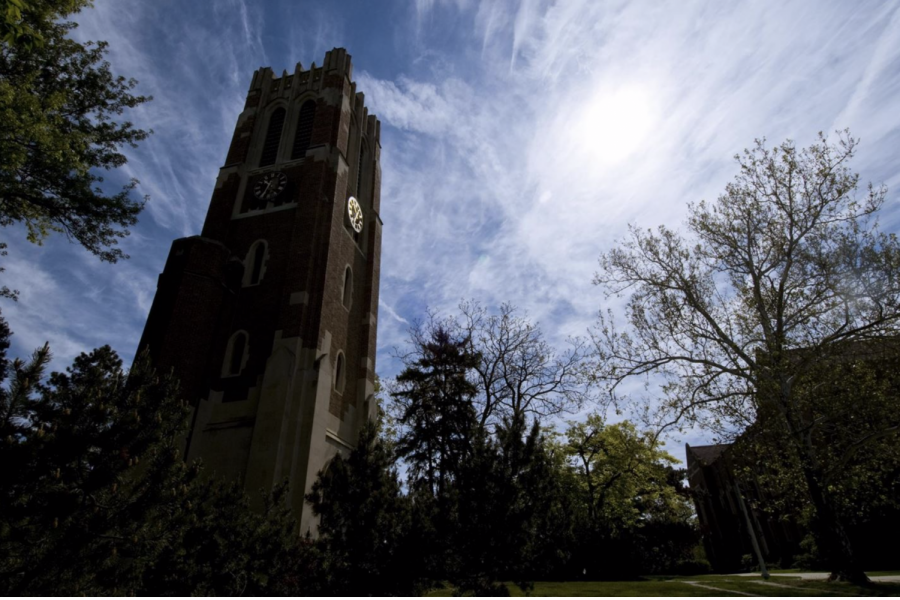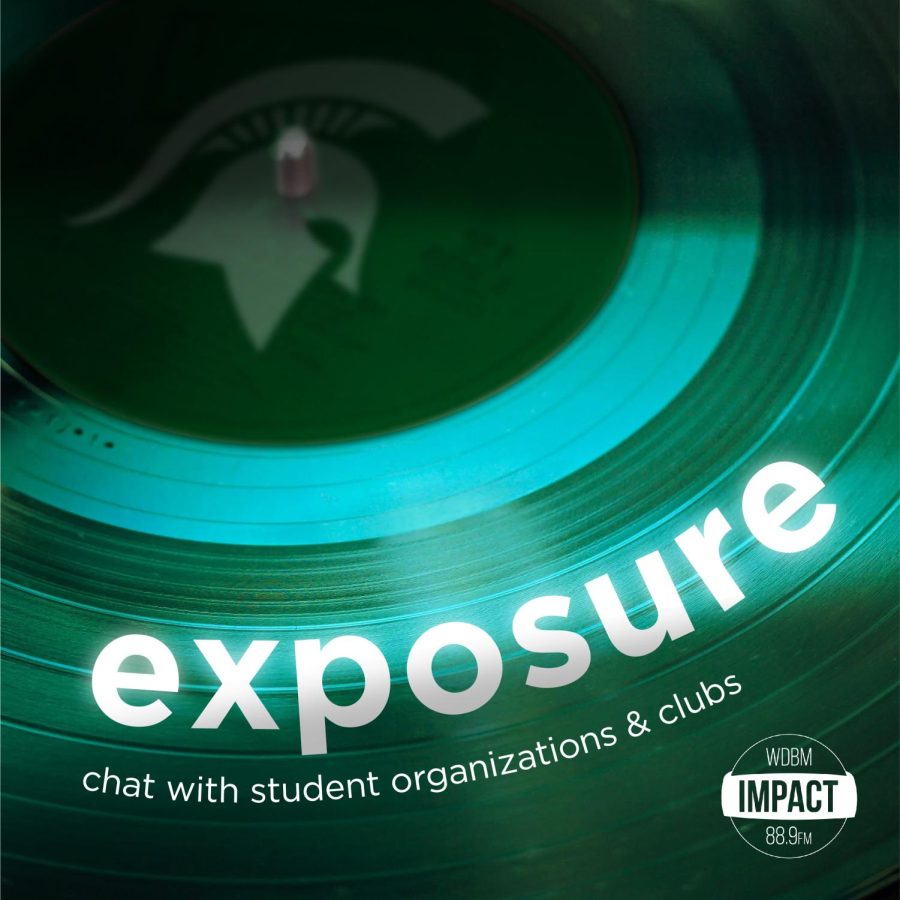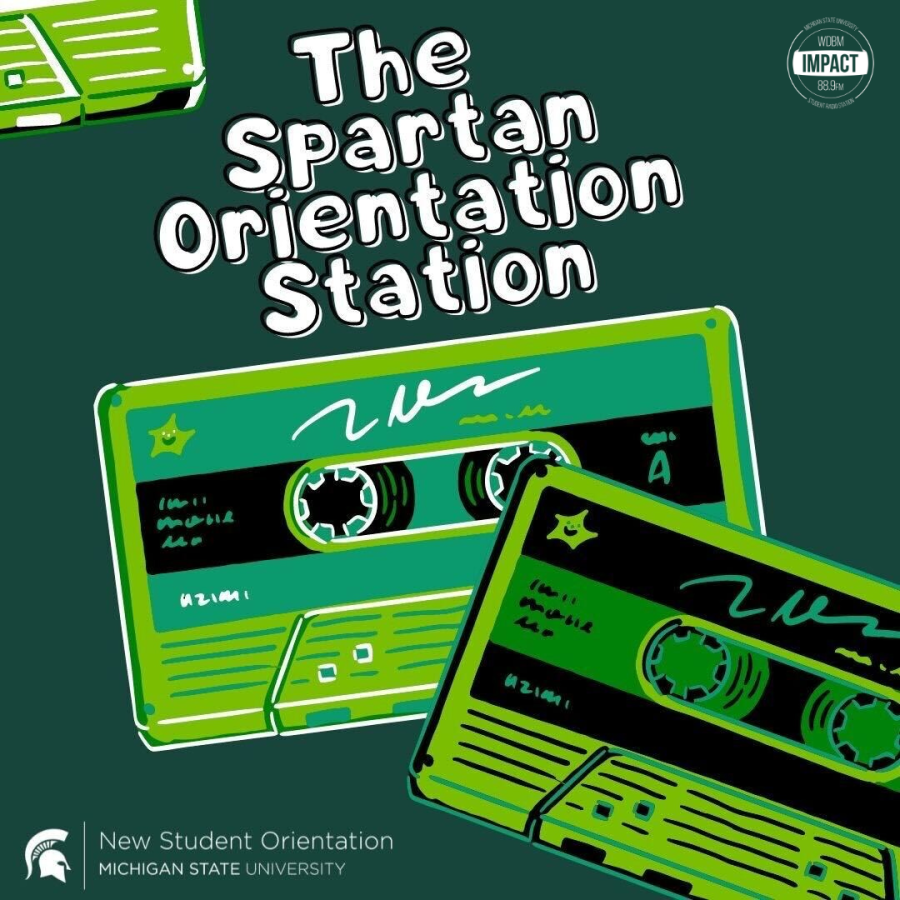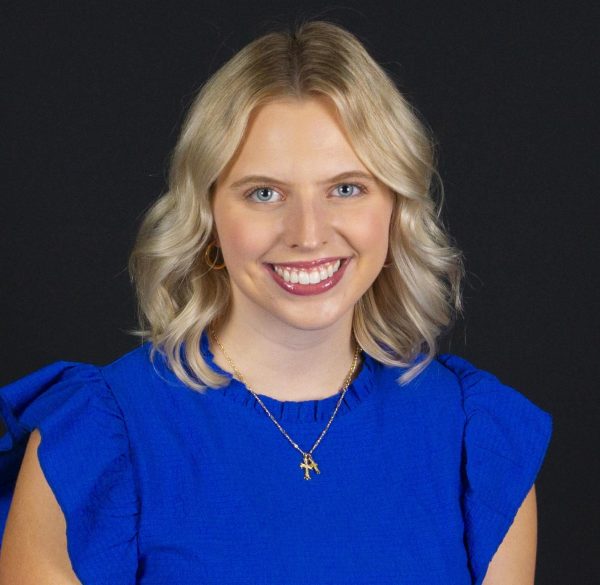Today’s weather forecast is predicting mostly cloudy skies early, then partly cloudy in the afternoon with a high of 53 degrees and a low of 36 degrees.
With new MSU President Kevin Guskiewicz, student leaders are looking forward to what they hope will be a fruitful future. To accomplish this, they say, Guskiewicz must listen to student demands.
Associated Students of Michigan State University, or ASMSU, President Emily Hoyumpa said the student government is excited to welcome Guskiewicz to East Lansing and the Spartan community.
On Dec. 8, 2023, the Board of Trustees announced that Guskiewicz, who was then the chancellor of University of North Carolina Chapel Hill, would be the university’s next president.
Not only is Guskiewicz assuming the position at a tumultuous time for the board, but also as students are calling on the university to better support marginalized students. These demands have been spurred by incidents of racism on campus and the university’s investments in Israeli aid.
Black Students’ Alliance President Ty’Rianna Leslie said “communication is the number one thing. When speaking with Interim President Woodruff, she said that she didn’t know what was going on because she did not hear word of it, which is why we need direct communication with one another.”
How an MSU professor is healing wounds caused by media misrepresentation
In the modern age, maintaining trust in a community is a fundamental aspect of journalism. Yet after years of misrepresentation of marginalized communities, many have lost trust in the media.
The question of how the media can better represent communities and restore trust was on Associate Professor of journalism Danielle K. Brown’s mind for a long time. That same question eventually led her to Minneapolis, where the murder of George Floyd by police sparked protests nationwide.
When Black Lives Matter protests were represented in the news, for example, Brown found that much of the media coverage delegitimized them by placing an overemphasis on destruction and the actions of people, rather than fully considering the reasons why people tend to engage in protest and civic action.
So Brown sought to figure out what can change narrative patterns in the media and what can bring communities who may have been distrustful of the news back to their local news organizations.
So Brown’s research led to The LIFT Project, a project she started after the murder of Floyd in 2020 that sought to collect data which would help fight the ways in which Black communities were being misrepresented in the media.
The project started by going into communities to survey and catalog who communities saw as “trusted messengers,” or who people went to for the news. Then, she put that information into a rolodex and sent it to different news organizations in the area.
The data shows news organizations that, if their reporters have been repeatedly using, for example, only three trusted community members as sources, there may be another fourteen out there that they haven’t considered as sources.
Now, Brown’s research focuses on more systematic ways she can present that information to communities, as well as how she can bring the LIFT project to Detroit and beyond.
Much of Brown’s work examines how journalists can better connect with communities, gain trust, and most importantly, maintain that trust. She’s found that turnover, for example, has the potential to be a big issue in journalism, especially student journalism.
For student journalists, Brown stressed the importance of finding ways for journalists who are leaving to transfer trust, whether that be through mentorship or shadowing.
Based on original reporting by Demonte Thomas and Jack Williams.

















